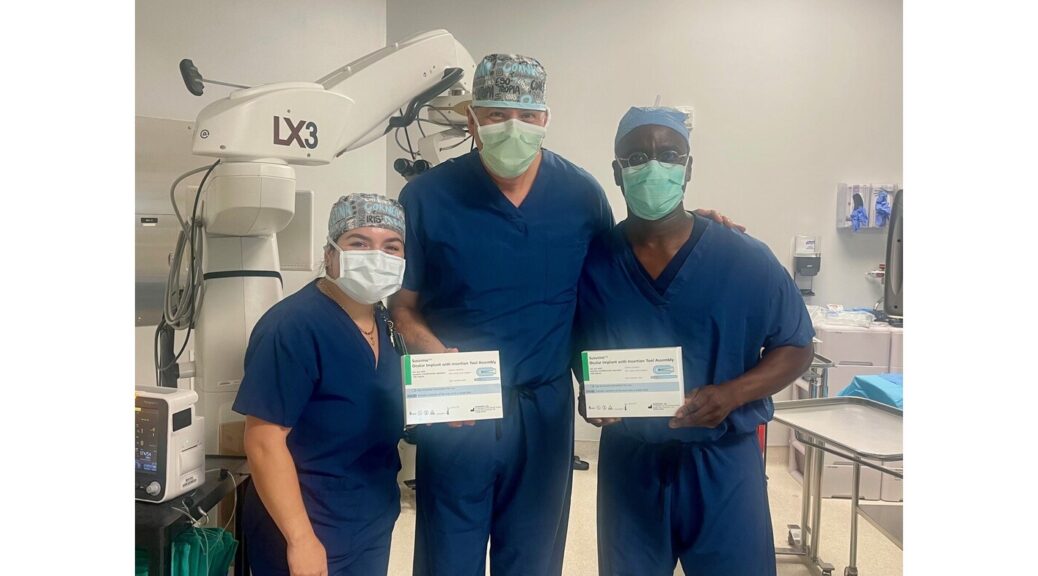“The Mood Mints are a game-changer for anyone looking to enjoy the benefits of cannabinoids quickly and discreetly,” said a spokesperson for Rare Cannabinoid Company. “We strive to offer the latest innovations in cannabinoid knowledge, extraction, and delivery that are not only enjoyable but also highly functional.”
To celebrate this product launch, the company is offering customers the chance to try a complimentary packet of 20 Mood Mints worth $25. All one needs to do is take their quick Cannabinoid Finder Quiz and they will receive a coupon code for their choice of complimentary edibles with options including: Mood Mints, Mood Gummies, THCV, CBN, and CBG gummies with and without THC.
Rare Cannabinoid Company has consistently been at the forefront of the cannabis and hemp industry. They were the first to introduce pure THCV and CBDV tinctures, as well as THCV gummies and the now-famous Mood Gummies. Their commitment to quality and innovation continues to set them apart in the market.
In addition to the new Nano THC + CBC Mood Mints, Rare Cannabinoid Company offers a variety of highly acclaimed products. These include consistently top-rated CBG gummies for relief, CBN gummies and oils tailored for sleep, and THCV tinctures and gummies for energy and appetite control. They also offer premium full spectrum and broad spectrum Hawaiian CBD oils, terpenes, Pet CBD, and cooling topical gel lotions. Their newest CBD cream contains high levels of CBG oil, CBD oil, and THC as well as arnica and MSM for sore joints and muscles. All products are rigorously lab-tested and available for purchase through their retail website, rarecannabinoidco.com, and also through their trustworthy wholesale website, wellnessorders.com.
The nano THC + CBC Mood Mints are available in three convenient sizes: packets of 20 or 50 mints, and a 120-count child-resistant jar. The mints feature a natural vanilla mint flavor akin to a white tic-tac, making them as tasty as they are effective.
Honolulu-based Rare Cannabinoid Company evolved from its sister brand, Hawaiian Choice CBD, which was founded in 2017. Committed to quality and compliance, all products are derived from hemp and contain less than 0.3% THC, ensuring they meet federal legal standards. The new Nano THC + CBC Mood Mints are now available for purchase online. Customers are invited to explore the product page for detailed information, including ingredient lists and lab test results.
Media Contact
Jennifer Carlile, Rare Cannabinoid Company, 8087621313, [email protected], https://www.rarecannabinoidco.com/
SOURCE Rare Cannabinoid Company

















